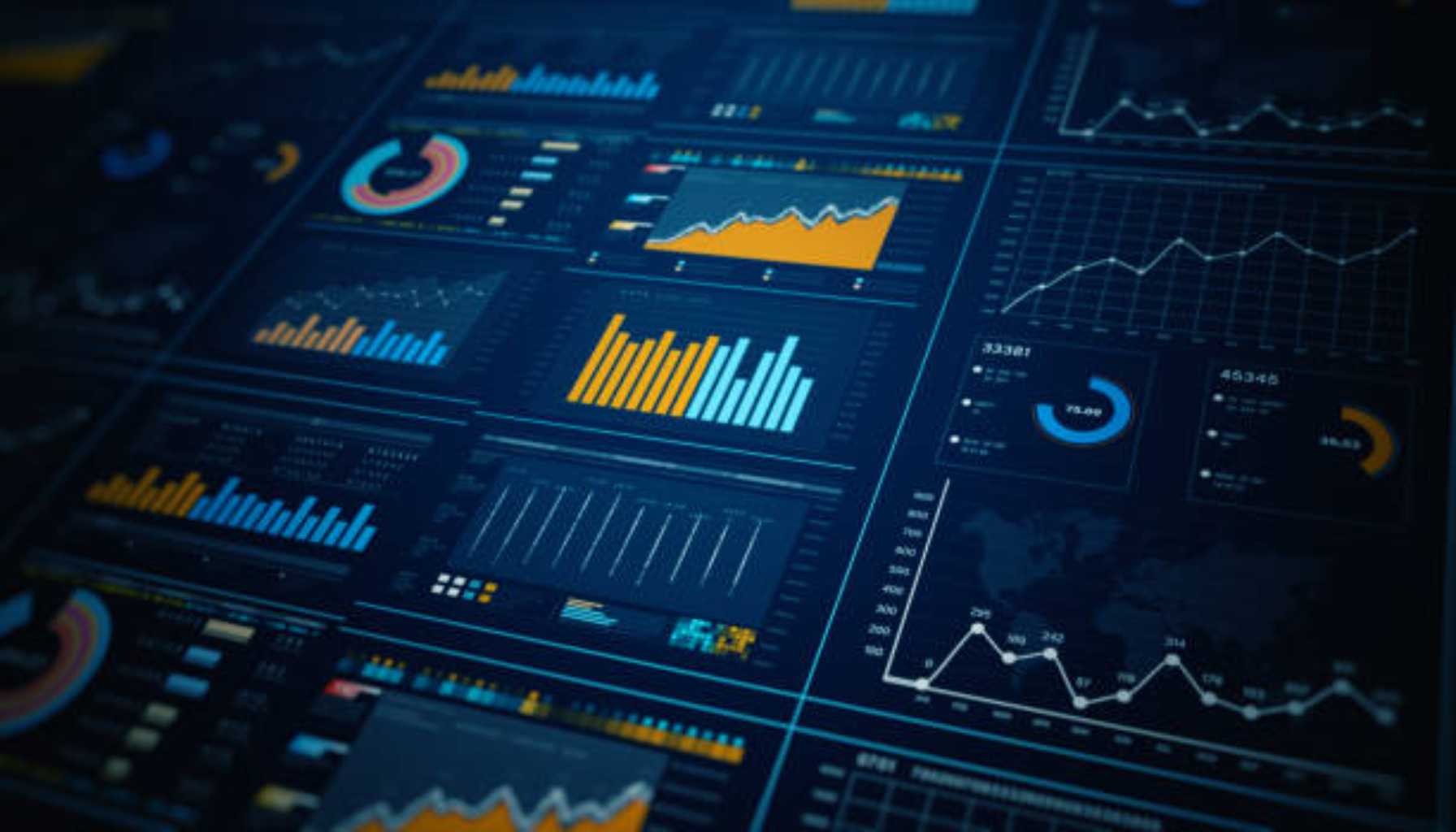Business Intelligence and Data Warehousing
Business Intelligence (BI) is all about converting raw data into useful information that drives intelligent decision-making. Organizations utilize BI tools and technologies to examine data, track performance, and make strategic choices.
Consider running an online shopping store—you would like to know which products sell the most, when customers buy the most, and which marketing campaigns bring in the most revenue. BI helps organizations to capture this insight and use it to improve operations.
BI is not the exclusive domain of large corporations. Small businesses, startups, and even solo professionals can benefit from data-driven decisions. An independent digital marketing consultant, for example, can leverage BI tools to analyze website traffic, social media engagement, and customer demographics to refine marketing strategies.
The Role of Data Warehousing
Data warehousing is a key component of BI. A data warehouse is a large, centralized storage repository in which companies accumulate and store data from throughout the enterprise. A data warehouse differs from a typical database, which contains day-to-day transactions. A data warehouse is intended for analysis and reporting.
Think of it like a vast library. You have properly arranged shelves with books (structured data) rather than scattered pieces of paper with random scribbles that you can methodically search to obtain meaningful information.
Why BI and Data Warehousing Are Essential for Businesses
Companies generate massive volumes of data on a daily basis—from sales transactions to customer feedback. This data is unstructured and difficult to interpret without the proper tools. BI and data warehousing help companies in:
- Improved decision-making through identification of trends and patterns
- Enhanced efficiency due to detection of bottlenecks and inefficiencies
- Improved customer experience due to analysis of behavior and preferences
- Reduced costs due to supply chain, inventory, and workforce optimization
For example, a retailer can use BI to analyze the purchasing patterns of customers and adjust stock levels accordingly. A hospital can use it to track patient data in order to facilitate better resource allocation and treatment methodologies.
Components of a BI System
An effective BI system is composed of a few important elements:
Data Sources
Data originates from diverse sources such as customer transactions, surveys, website analytics, and social media interactions. The raw data is gathered and input into the BI system for analysis.
Data Warehouse
Data is kept in an organized manner in a data warehouse after being gathered. It is cleaned, classified, and prepared for fast retrieval here.
Data Mining and Analysis
BI tools leverage machine learning and artificial intelligence to analyze patterns in data and come up with meaningful insights.
Reporting and Visualization
The final step in BI is presenting data in a consumable format. Stakeholders can visualize key findings and make data-driven decisions through interactive reports, graphs, and dashboards.
Real-World Applications of BI and Data Warehousing
Retail Industry
Retailers use BI to monitor sales trends, manage inventory, and personalize customer recommendations. Amazon, for instance, uses BI-driven algorithms to suggest products based on browsing history and buying behavior.
Healthcare Industry
Hospitals and health providers rely on BI to manage patient information, improve treatment procedures, and streamline business efficiency. Data warehousing helps them keep track of patient histories and predict potential health risks.
Finance and Banking
Banks use BI software for detecting fraudulent transactions, calculating credit risk, and providing personalized banking services to customers.
Education Sector
Educational institutions and universities analyze student performance data in an effort to tailor education programs and improve learning outcomes.
Challenges in BI and Data Warehousing
While BI and data warehousing have numerous benefits, they also come with challenges. Among the main challenges is data security since confidential information has to be protected against cyber attacks. Merging data from disparate sources can also prove tricky and might require specialists.
Implementation of BI tools is daunting for most businesses due to the expense and learning curve. However, with improvements in technology, more simplified and affordable solutions are emerging.
Future Trends in BI and Data Warehousing
BI is a constantly evolving discipline. Some of the emerging trends that will define its future are as follows:
Artificial Intelligence and Machine Learning
AI-powered BI tools are making data analysis more efficient and accurate. Predictive analytics enable companies to forecast trends and make proactive decisions.
Cloud-Based BI
Cloud solutions are making BI tools more accessible, allowing companies to analyze and store data remotely without having to invest in expensive infrastructure.
Self-Service BI
User-friendly BI platforms enable workers at all levels to analyze data without the need for specialized technical expertise.
Real-Time Data Processing
Organizations are moving toward real-time BI, where data is processed as it happens, to enable faster decision-making.
Conclusion
Business Intelligence and Data Warehousing are essential for companies looking to make data-driven decisions. Through data gathering, analysis, and presentation, firms gain competitive edge, optimize operations, and improve customer experiences.
Regardless of whether you are an entrepreneur starting small, a manager in a corporation, or an aspiring data analyst, studying BI can equip you with the ability to harness the power of information to succeed.









